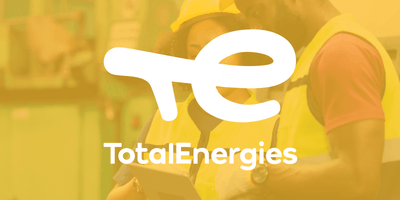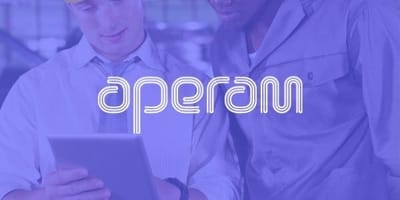Today, modern manufacturing is facing a lot of challenges. Among these challenges is an aging workforce and the ever-growing need for new employees. Training those new employees is extremely important, but can also be quite time-consuming. How can you improve your manufacturing trainings to be more efficient?
What is manufacturing training ?
Let’s start off with a quick recap: what does manufacturing training entail? If you want to make sure that your new employees have the necessary skills, knowledge, and attitudes for their job, effective training is fundamental. And not only new workers can benefit from training. Unskilled manufacturing workers or those who have only been trained to perform a single task can reap the benefits of additional training.
Effective manufacturing training benefits both workers and company: as employees acquire new knowledge and develop new skills, their production rates and production quality increase. Effective training also means less time needed to reach the same learning curve as before.
The reason for a quick training
The industry is struggling to find young employees. And even when they are found, it takes a lot of time and effort to train them according to your specific manufacturing processes. Since time isn’t on this industry’s hands, with older workers continuing to leave the workforce, the resulting skill gap in manufacturing keeps growing.
The demand for an effective and time-effective training method is therefore increasing, further triggered by COVID-19. The pandemic led to surges in demand of and illness amongst employees, making the situation even more urgent.
How to create effective manufacturing trainings ?
1. Learning objectives
When organizing manufacturing training for employees, it is important to determine the problem you want to solve, as well as the goal of the training. What do you want your workers to learn, what should they be able to do at the end of the training? Is the training meant to convey knowledge, or should it help employees acquire new skills? In other words: what is the learning objective? Make sure your trainees are aware of the objectives and know that the training will help them reach your collective goals. The learning objectives are at the basis of your training and will guide you through its design.
2. The business goal
Also, keep in mind the business goal of the training. What are you going to reach by making the training available? For example, is learning a skill meant to increase production rates? Always make these results tangible and measurable, so you know whether or not the training was effective.
3. What do workers already know?
Teaching someone something they already know, serves absolutely no purpose. So, make sure you get to know the trainees. What knowledge level or skill set do they have, and in what areas do they need help? But also, know about basic characteristics such as their age, gender, and language. This way, you can make sure to adapt the training to fit their needs. Make it about them!
4. Take advantage of new technologies
Due to the COVID-19 pandemic, we haven’t been able to travel for a long period of time. While traditionally, trainers used to come on-site to train employees, the restrictions made this impossible. Luckily, the internet offered a quick and easy solution, with possibilities for webinars and online (video-based) trainings.
As travel restrictions are eased again, we do not have to say goodbye to the effective tools of online learning. It is still a very useful method. For example, video-based trainings allow workers to divide the workload of the training and follow the program at their own pace.
5. Short and simple
Short and simple: that is key to successful training. As humans, we can only process a limited amount of information at once. If a training contains a lot of information, try to split it into different classes. And don’t forget to make learning ‘fun’: add images and stories to make things lively and clarify difficult matters.
Speach takes knowledge sharing platforms to the next level. Digital visualization is at the heart of Speach. Speaches are interactive, how-to videos that any employee can use to capture, transfer, and store knowledge, and it can be used in every aspect of your business. Supporting both iOS and Android, you can use it on any device right on the factory floor. If you are interested in learning more about a knowledge sharing solution that can keep pace with your changing operational environment, contact us to learn more about Speach or request a demo. We look forward to helping you transform the way you share knowledge.





